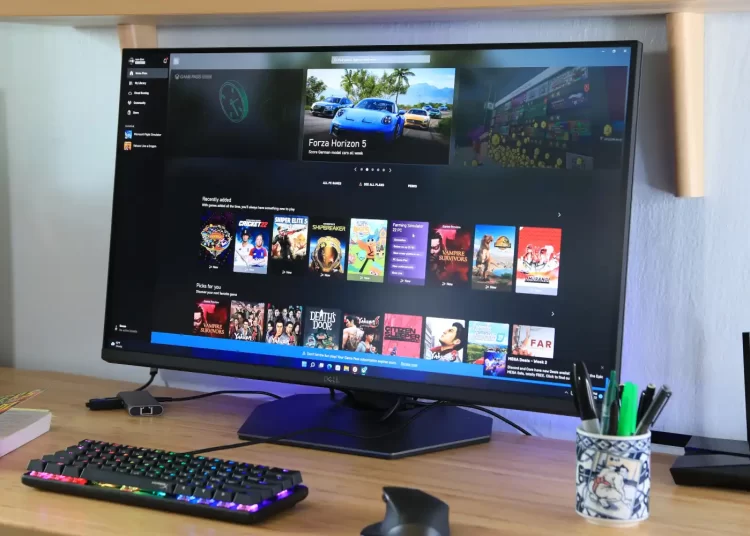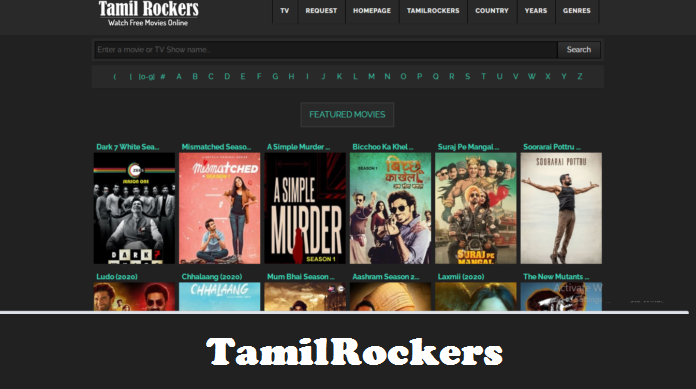A car monitor can show you an image from the rearview camera. It will help to park safely. It will help you park safely. If you connect the video parking sensors, the monitor will draw parking lines. Right-hand drive owners display the image from the side-view camera to make it easier to overtake. What monitor to choose for this all? Let us pay your attention to a 7 inch monitor. Be sure that its capabilities are boundless and it can be used not only in cars.
Table of Contents
What are car monitors?
A general car monitor is installed on passenger and commercial vehicles, like:
- buses;
- trucks;
- excavators;
- tractors.
Devices of both classes perform the same task, but their capabilities are different.
The car monitor for commercial transport simultaneously displays images from several cameras. So it can divide the image on the screen by the number of cameras – a quadrant. Moreover, it has lengthened reinforced cables to withstand aggressive environments. Such a camera can be connected to an air connector (4PIN). As a rule, all images are shown continuously.
If you look for a top-quality 7-inch monitor, feel free to always find the best one in Beetronics Inc.
Screen size
The screen of a car monitor is from 3.5 to 10 inches. As for the diagonal, 3.5-5″ is perfect for most cars. Less often people buy 3.5-inch diagonals. Yet, they provide uncomfortably small images. The best tip is to select a car monitor powered with a 4.3- or 5-inch diagonal. As for a monitor with a screen above 5 inches, it is installed in cargo transport but for an ordinary car, it would be too small. The resolution of the different models is similar and grows with the screen size.
Mounting options
Mounting at the car monitor is:
- On the dashboard.
- To the ceiling.
- On the glass.
- Instead of a standard rearview mirror.
Some brackets are suitable for mounting both on the dashboard and the ceiling, that is, upside down. The image itself will rotate with the desired side. The bracket is glued to the surface with 3M adhesive tape. You can be sure that it accidentally will not come off. Mounting instead of a standard mirror is used in trucks.
Matrix type, backlight, and contrast of the monitor
The most important features of every monitor after its size are
- the type of matrix;
- viewing angles;
- contrast;
- maximum brightness;
- uniformity of illumination;
- color depth;
- response, etc.
These parameters are very closely related. In addition to the basic types of matrices, there are more than a dozen subspecies, each with different characteristics. The most common are TN, IPS, PLS, and VA. Yet, there are also subspecies AH-IPS, A-MVA, and others.
If very simplistic about the main types, then TN-matrices are the fastest and cheapest but have worse viewing angles and black depth; IPS-matrices (PLS in Samsung version) has the best color transfer and angle of view, but both expensive and relatively slow; Type *VA matrices are the best for transmitting black, but at the same time, there are difficulties in transmitting halftones and problems with changing the color balance at different angles.
The output is disappointing – with this variety there is no ideal matrix type, as all have drawbacks that can be easily noticed if desired. In most cases, up to the matrix type monitors on the matrix:
- TN is inexpensive and fast, so ideal for gamers and those who want to save on buying a monitor.
- VA has a relatively low price, the highest contrast and at the same time acceptable speed, so great as a universal monitor for the home.
- IPS (PLS) – usually expensive, but have a very high-quality color display and good contrast. In such a way they are best suited for working with graphics and photos, as well as for buyers who do not care about the numbers on the price tag.
Technologies are not in place and often monitors with different types of matrices have similar characteristics and even an experienced specialist cannot correctly separate one type of matrix from another. What is important for a particular monitor is the viewing angles, color depth, matrix contrast, and for playful use also response time, and maximum frame rate.
One of the most unpleasant features of modern monitors is limited viewing angles which are especially critical for monitors of large diagonals on TN-Because. In some cases, even if you look at the monitor directly, the image on the corners will already be distorted. To protect yourself from such problems, you need to choose a monitor with viewing angles of at least 170° horizontally and 160° vertically.
The illumination of the screen was previously carried out by special fluorescent lamps (CCFL), which had noticeable shortcomings, like limited service life and uneven illumination. Currently, almost all monitors have LED (LED) illumination, which in some parameters is much better than CCFL.
Low monitor contrast values (500:1 or less) are usually expressed in the total inability to display black color. It will be invisible in light areas of the images but dark and black areas will be displayed in dark gray. In such a way, the images will look pale. Different technologies such as dynamic contrast in some situations can fix this disadvantage a little bit. However, it is better to add quite a bit of money and buy a monitor with a static contrast value of 1000:1 and above. It should also be borne in mind that the real values of contrast are usually slightly lower than the passport ones.
Wrapping it up
The electric car monitor raises and lowers the screen by itself (it folds like a laptop). The screen will rise after the signal from the camera, that is when moving backward. The monitor with an electric drive looks aesthetic and does not interfere with the view.
The design of a car monitor is also necessary because you will see the device every day. Many monitors are no different in appearance. It is advantageous if the screen has a visor, then the sun will not blind a driver. To find a good monitor, you always can in Beetronics Inc. Thank you for reading. Hopefully, this article was helpful for you!




![Is Tokyo Ghoul on Netflix? [How to Watch Online]](https://avctv.com/wp-content/uploads/2022/08/AAAABct1DaUzhEt4JeJFeDrmaE_4CGAu39fBN6poMx10hAlWlMRjkkAw84hjmuujWTy2wFC7_Pjnujec-_PqT1GCnnMFMJ15S04baJn1b0WvvbG6hrSNb31_GS4--120x86.jpg)





